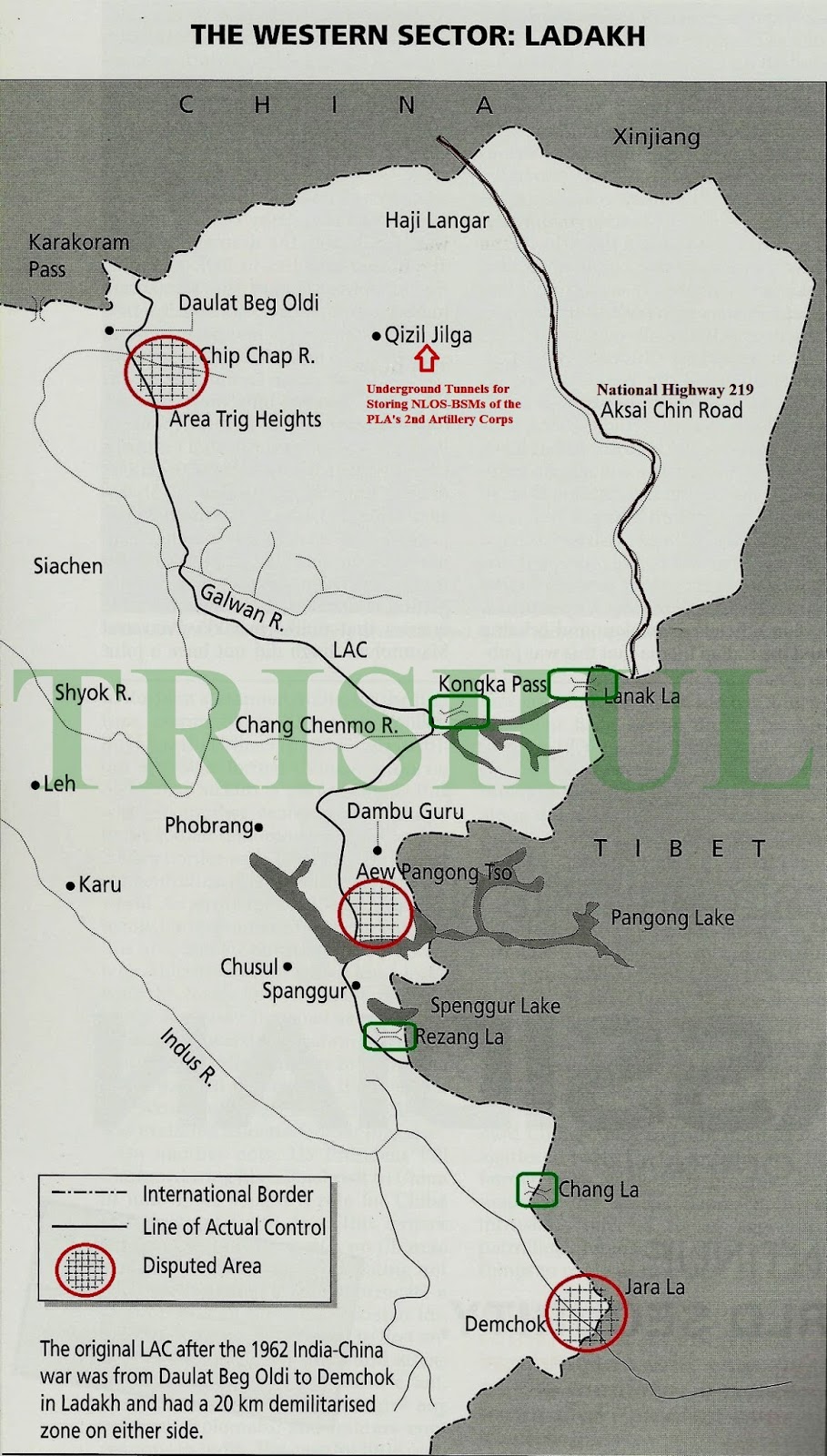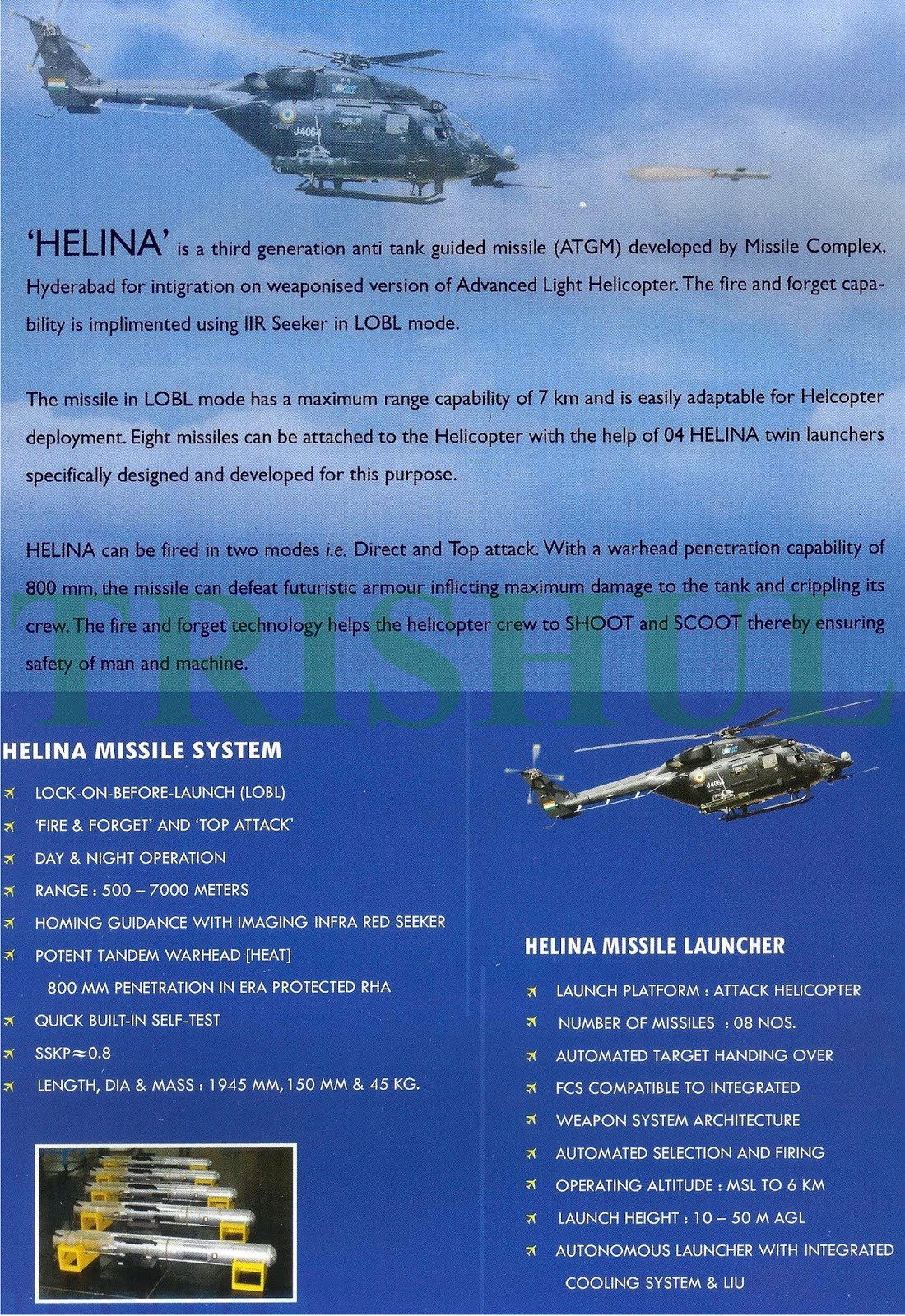sachin458377
New Member
- Joined
- Feb 17, 2015
- Messages
- 129
- Likes
- 76
- India’s military posture against China in Ladakh, Sikkim and Arunachal Pradesh is to maintain full strategic defence with minor tactical offensive capabilities. Given the politico-operational compulsions, difficult terrain, and the PLA’s track record, it is clear that the Indian Army (IA) was, until the previous decade, was doing an onerous task. For instance, Sikkim has an area of approximately 8,000sqkm, measuring 113km north to south, and 64km from east to west with heights rising up to 28,000 feet. Militarily, the state is divided into north and east Sikkim. Due to a central massif, north Sikkim is further divided into the Muguthang Valley in the west, the Kerang Plateau in the east, and north-east Sikkim. The Lachung, Lachen and Muguthang
Valleys in north Sikkim prevent any lateral movement.

Of the 14 passes along the 206km-long Sikkim-TAR border, six are all-weather, implying that these are open throughout the year. Three each of these passes are in north and east Sikkim, these being Kongra La, Bomcho La, Sese La, Nathu La (at 14,438 feet in east Sikkim), Batang La and Doka La. Unlike the passes in north-east and east Sikkim, the passes on the watershed border in north Sikkim are fairly wide and motorable. Being windswept, they remain relatively free from snow and are open throughout the year. The watershed and the adjoining Tibetan Plateau are devoid of any cover.

The terrain in north and north-east Sikkim is more difficult, rugged and formidable, with the altitude rising suddenly and steeply (one can travel from 5,000 feet to 14,000 feet in just about 60km) than east Sikkim, where surface communications are better developed due to its proximity to the northern West Bengal plains. India’s 435km-long border with Nepal includes a 125km border between Nepal and Sikkim, of which about 50km is most inhospitable. Consequently, the only available area with existing land and air transportation networks that can host armoured/mechanised/tactical aviation/UAV assets is northern West Bengal, from where they can be swiftly deployed to bolster the IA’s positions opposite Bhutan’s Dolam Plateau. Any PLA move into Dolam means that India’s border with China gets distorted at Sikkim’s tri-junction with Bhutan. It also means that the PLA moves a few kilometres south from where they originally were. It brings them closer to northern West Bengal’s Siliguri Corridor. China has always laid claim to Dolam. On the east the Dolam Plateau is skirted by the Amo Chhu stream that flows north-south from the Chumbi Valley to Bhutan and then enters West Bengal at Jaldhaka where the state government has a hydel project. The tri-junction is roughly equidistant from the two Indian Army posts at Doka La (bordering Bhutan) and Batang La (bordering China). Dokala overlooks Dolam, which is at a lower altitude. The Dolam Valley is a largely-barren 20 sq km plateau that is ideal for armourted manoeuvre warfare, just like the terrain in eastern Ladakh.

In Ladakh, the IA has since mid-1999 witnessed persistent PLA transgressions-in-strength at the Depsang Bulge, Trig Heights, Spanggur Gap and Chip Chap Valley in northeastern Ladakh. During wartime, the PLA’s probable intention would be to enter from the south of the Karakoram Range and cross the Shyok River from the east. The PLA has also moved motorised forces into Charding Nalla since 2009 and they could eventually threaten the Manali-Leh route.

China thus is estimated to want to push Indian control to the left of Shyok River in the north and left of the Indus River in the east, possibly to establish both rivers as natural boundaries. In Chushul, the aim is to reach Luking to take control of the entire Pangong Tso Lake. This three-pronged strategy would make India defenceless both in the Indus Valley and the Nubra Valley. -

In mid-2009, India’s Ministry of Defence approved the IA’s plans for raising three independent armoured brigades (each inclusive of two tank regiments with T-72 Combat Improved Ajeya medium tanks and one mechanised infantry regiment with BMP-2K Sarath ICVs). While each tank regiment has since early 2014 been equipped with 58 T-72CIAs, the mechanised infantry regiments each possess 70 BMP-2Ks. Of these three new Independent Armoured Brigades, one is located in Ladakh (under the Leh-HQed XIV Corps), another in Uttarakhand and the third in Kalimpong under the XXXIII ‘Trishakti’ Corps that is HQed in Sukna near the city of Siliguri. The Brigade in Ladakh is responsible for the protection of passes like Lanak La, Kongka La, Rezang La, Chang La and Jara La. In Uttarakhand, the Brigade is responsible for securing the passes in Mana, Niti, Kungri Bingri, Darma, and Lipulekh. In Sikkim, the third Brigade is responsible for securing the Dolam Plateau. These formations are being supplemented by a string of Advance Landing Grounds (ALG) capable of accommodating the Indian Air Force’s (IAF) C-130H-30 Super Hercules transport aircraft, newly-built Army Aviation Corps bases capable of housing LUHs and Rudra helicopter-gunships, plus a string of rear-area MALE-UAV air bases operated and owned by the IA.

Also, new border roads/bridges and railway lines are being built not just for facilitating the movement of armoured/mechanised formations (transported mostly by wheeled transporters), but also field artillery howitzers like the soon-to-be-acquired LW-155/M-777 ultralightweight howitzers that will be used for providing indirect fire-support for 99 Mountain Brigade, which is part of the 6 Mountain Division, the formation that is in charge of protecting India’s borders in Uttarakhand with China. For securing the Shipki pass in Himachal Pradesh, an existing mechanised infantry battalion has been deployed there and will come under IX Corps, headquartered at Yol in Himachal Pradesh.

The IA’s independent armoured brigades in Ladakh, northern West Bengal and Uttarkhand will thus be supported in wartime by not just ISTR assets like MALE-UAVs (numbering more than 50), but also by at least 45 Rudra helicopter gunships armed with PGMs like the HELINA, an equal number of LUHs, and 145 LW-155/M-777 UFHs, with air-maintenance of rear-area logistics networks being provided by the IAF’s C-130H-30s, CH-47F Chinooks and Mi-17V-5s.
For theatre-wide deep surveillance across the LAC, the IAF already possesses EL/M-2060P pod-mounted synthetic aperture radars, as well as the first two of 11 Bombardier 5000 jets equipped with belly-mounted SAR sensors and ELINT sensors—all of which have given the IAF far superior ISTR capabilities when compared to those available to the PLAAF.
For theatre-wide deep surveillance across the LAC, the IAF already possesses EL/M-2060P pod-mounted synthetic aperture radars, as well as the first two of 11 Bombardier 5000 jets equipped with belly-mounted SAR sensors and ELINT sensors—all of which have given the IAF far superior ISTR capabilities when compared to those available to the PLAAF.
For theatre-wide deep surveillance across the LAC, the IAF already possesses EL/M-2060P pod-mounted synthetic aperture radars, as well as the first two of 11 Bombardier 5000 jets equipped with belly-mounted SAR sensors and ELINT sensors—all of which have given the IAF far superior ISTR capabilities when compared to those available to the PLAAF
